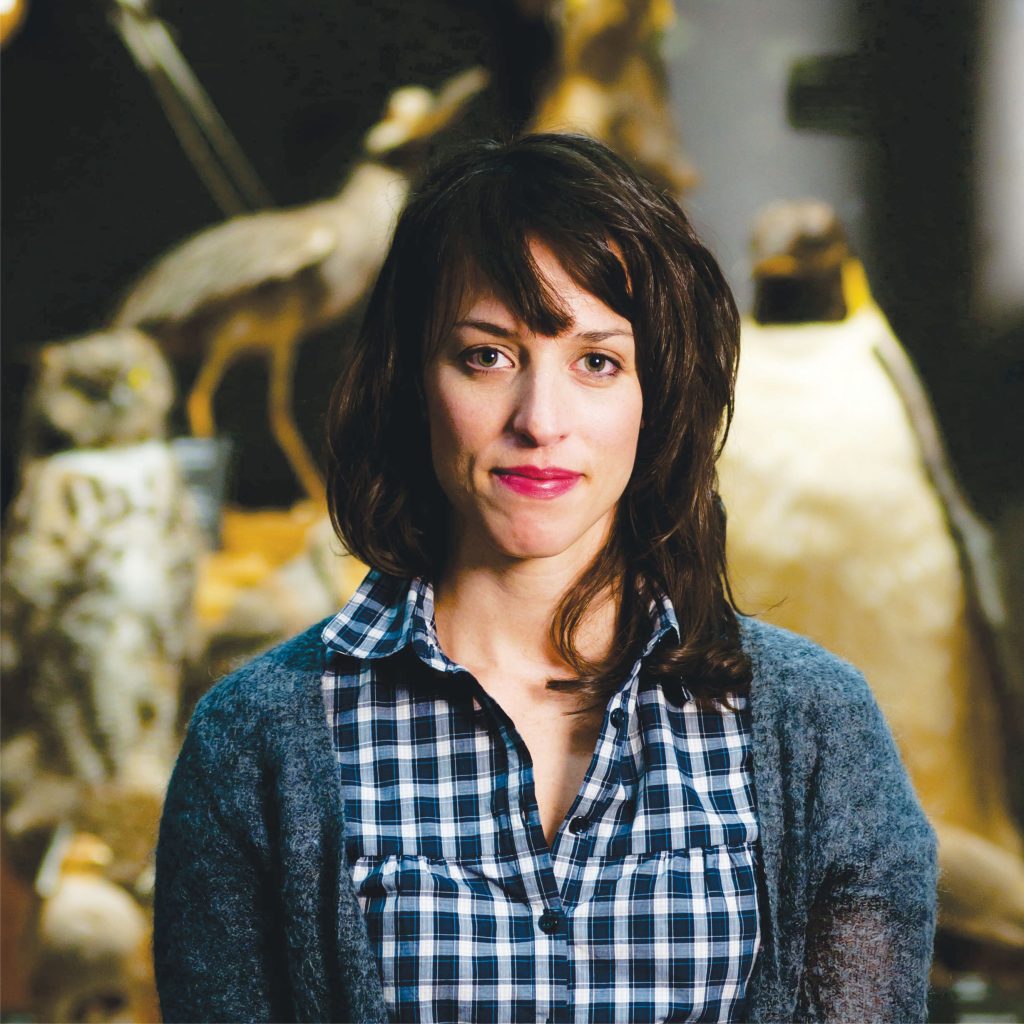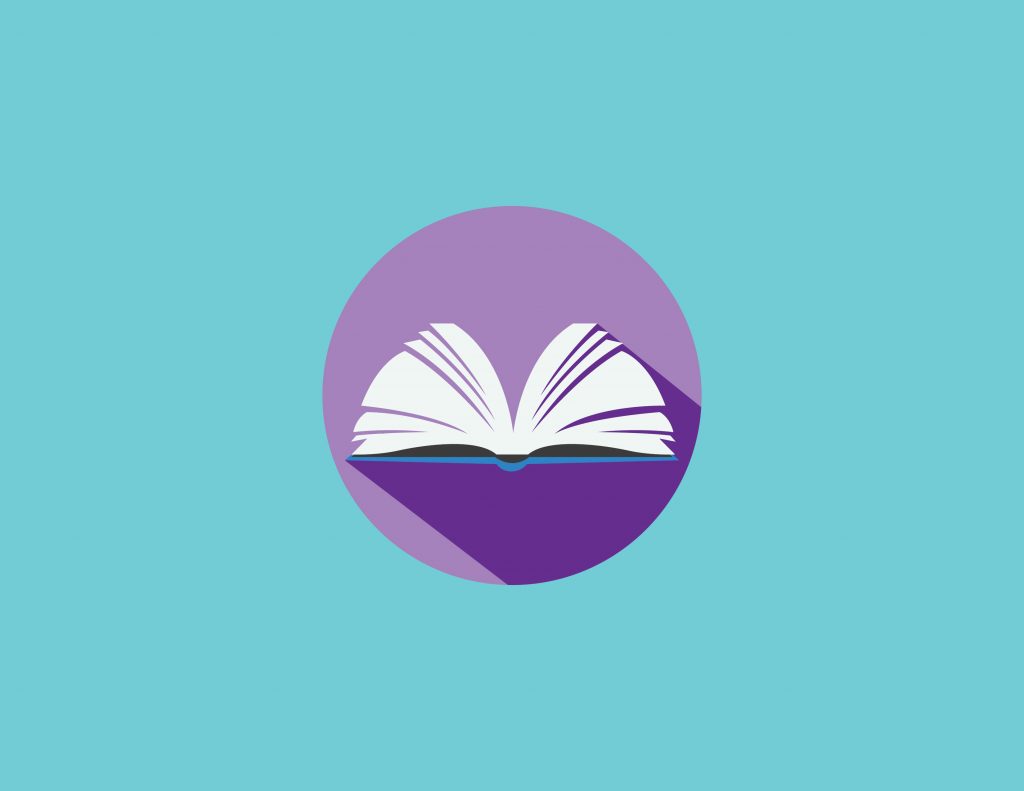Meeting Canadian Writers and Illustrators of Children’s Books
What inspires the writers of the books your students read? How does an illustrator decide what to draw? Is it true that most authors and illustrators don’t know each other? This column features a different Canadian children’s book creator in each issue and shows you the story beyond the covers.

This Vancouver writer holds a PhD in Comparative Literature, several art degrees, and a Masters in Interdisciplinary Studies in the Humanities from Stanford University. Turns out she has written about heroic sled dogs, moles, and albino wallabies. She confesses to have a fondness for overlooked and neglected animals but is also curious about pretty much every creature under the sun and stars.
Where did your idea for this book about strange sea creatures come from? Were you curious about them as a child or as an adult writer?
Actually, this is my first book about strange creatures—I usually write about so-called ordinary animals that readers might think they already know. In my experience, the closer you look at almost anything, the more fascinating and stranger it becomes. I love discovering unexpectedly quirky facts about familiar animals. So, discovering the strange side of already strange animals made for some super fun research and writing.
You were an academic. How did you come to write for children?
When I had kids of my own! I was writing a cultural history of beavers for adults when my son was little. When I tried to explain to him—he was only six-months at the time but new mums do a lot of odd things—why I was writing this book, I described beavers as superheroes. That idea stuck in my head. When I discovered I was pregnant with twins a couple of years later, writing for kids just seemed a natural transition. I ended up writing my Superpower Field Guide Series about humble animal heroes, and the first book was (of course) about beavers.
Your books all seem to focus on intriguing, unusual animals. How do you come across these stories? How does information trigger a story idea for you?
My ideas come from tiny facts that surprise me—something I’ve read or a little tidbit in a news article. And then I want to know more. In an earlier life as academic, I loved research. And if I become so fascinated that I can’t stop learning about some particular animal or subject, it usually becomes a book.
You have degrees in art—printmaking, printing. Have you illustrated your own stories? How do illustrators influence your books?
I have never illustrated my own books—the illustrators I work with are so talented! Their new perspective always brings an added dimension to the project that I couldn’t possibly have imagined. Byron Eggenschwiler is particularly fabulous. The Strangest Thing in the Sea is the second book we’ve done together with Kids Can Press. When I was writing our first book, Beastly Puzzles, I had no idea who would be the illustrator, so obviously I couldn’t really imagine what the book would look like. But knowing Byron’s strange and surreal illustration style made the writing process (which can be lonely) feel collaborative from the start as I tried to imagine how he would illustrate a particular creature.
Tell us about your research process. How long does it take to write a new book?
I think I’m a pretty curious person, and I love learning new things. As much as my books are about particular animals, they really are about inspiring kids to be curious and to look at the world around them in different ways. And what better way to inspire curious kids than to give them more information about any particular subject than the adults in their lives know. That is really important to me—I want my young readers to be able to teach their parents something new.
I usually know very little about a subject before I begin, so I do a lot of research. I read books and academic papers. I talk to biologists and researchers. I ask questions and struggle to find the answers. And then I put all that into a book that hopefully is fun and playful for kids and inspires them to be curious enough to ask more questions.
Sea creatures, in particular, live in a sensitive environment. What can kids do to learn about and to help protect animals that intrigue them?
Obviously, it is incredibly important to care about endangered animals across the world, but I think it is just as important to develop a love and awareness of local, familiar, everyday nature. Take the time to be curious enough to learn the names of backyard birds or the beetles and mushrooms on a forest walk. It’s easy to pass through the natural world without really seeing and hearing what is around us. I think that encouraging an awareness, sensitivity, and appreciation of the local natural environment in young hearts and minds will foster a lifelong caring and protective sensibility for the entire world.
What is the most unusual creature you have learned about?
I know the Strangest Thing in the Sea is filled with some pretty alien-like creatures (like the barrel-eye fish), but I think the weirdest creatures I’ve written about are ostriches. Everything about ostriches is bizarre from their horrible feet and ridiculous speed to the fact they’re the only birds that poop real poop and pee—not just a bird dropping. But the weirdest thing I learnt is actually common to all birds—their lungs are completely different from ours. Humans breathe in and out, and we only get oxygen when we breathe in. In contrast, birds have one-way lungs so oxygen is constantly flowing through which gives them the superpowered-lung capacity to fly. How could I not have known this?
What may you write about next?
I always have multiple projects on the go—I call it positive procrastination. I’m currently thinking about wind, sea monsters, weasels, and kidneys, just to name a few.
Margriet Ruurs
Margriet Ruurs is the author of over 40 books for children and conducts (ZOOM) school presentations: margrietruurs.com
Enjoy her travel-and-books blog here: globetrottingbooklovers.com
This article is featured in Canadian Teacher Magazine’s Spring 2022 issue.

